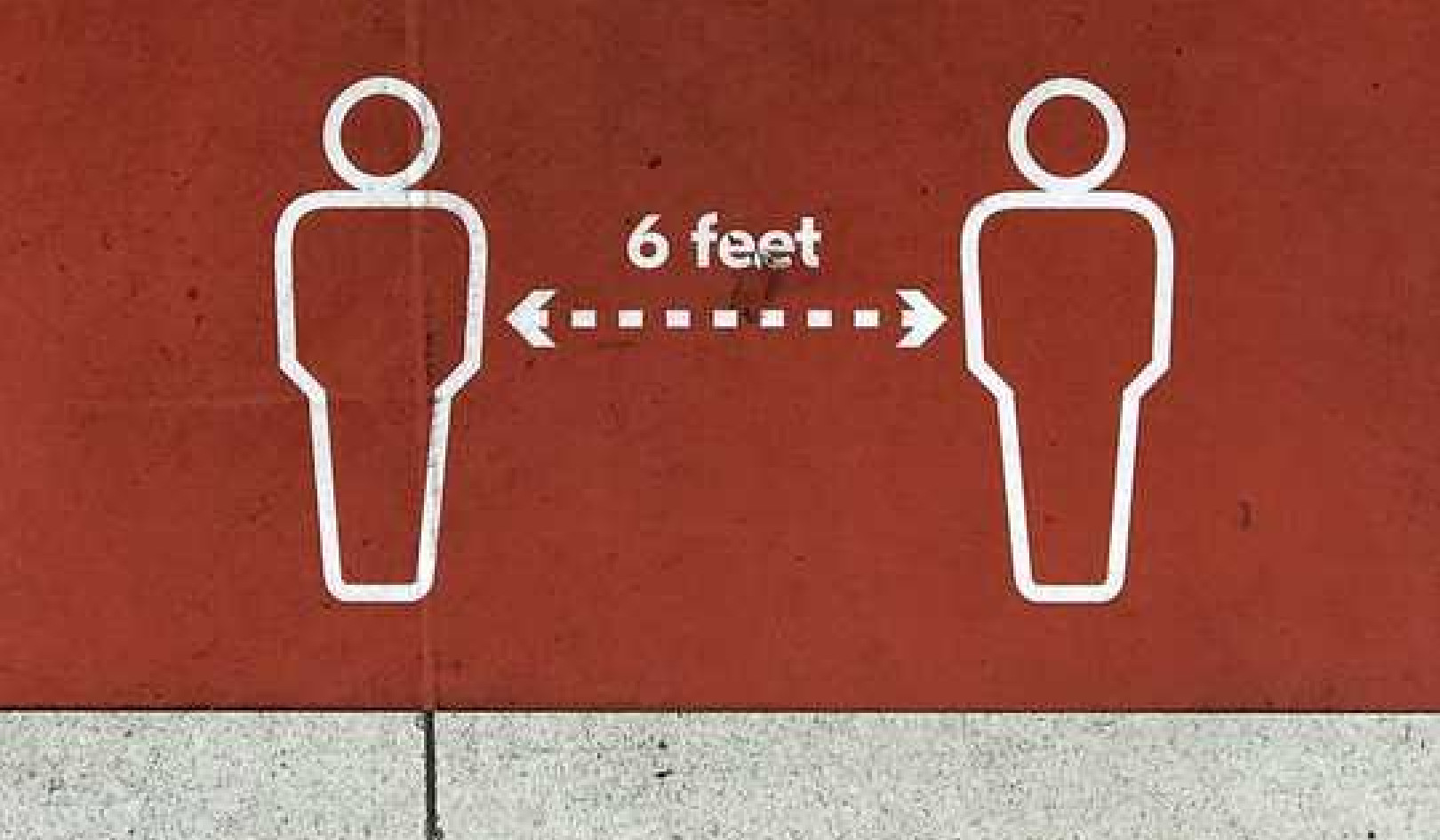
The Tibetan word for meditation is gom. Literally translated it means "to become familiar with an object." This object is an item you get to know very well by concentrating your thinking on it. The item is called the "object of meditation." The object may be a flower, a candle, a picture, a sculpture, or the mind itself. Because the type of object will directly influence your mind, it is important to choose well.
When you pick an object that triggers positive thoughts in your mind, you will experience a positive change, and your state of mind will become peaceful and at ease. If you choose an item that gives you negative feelings, your mind will be altered unfavorably, and you will be uncomfortable. In the case that your item has neutral value, your mind, in return, will remain unchanged.
Because we meditate in order to achieve something positive, it is obvious that one ought to choose a positive object for meditation. In traditional Tibetan meditation, objects are chosen that are fundamentally of a character that promotes healing.
Achieving a Positive Influence on Our Mind
By thinking deeply about the object at hand, we want to achieve a positive influence on our mind. Tibetan meditation provides us with a number of different techniques, which are carried out on two levels: meditation through concentration and through analysis.
When we practice concentration meditation, we attach our mind to an object of meditation and are able to stay with it, allowing no distractions. This in turn provides the basis for analytical meditation, which, among other things, attempts to explore the true nature of an object of meditation in order to discover the final and true nature of phenomena. This kind of recognition is a prerequisite in achieving Buddhahood, the complete enlightenment and the final goal of meditation in Tibetan Buddhism.
Buddhists believe that all our actions are dependent on our state of mind; an unhealthy outlook will cause suffering, and therefore the mind itself is the principal object of meditation. I like to talk about the "taming" of the mind. A mind that is not well controlled is liable to cause a great deal of harm to itself and others, while a peaceful mind creates a comfortable atmosphere for itself and everyone around. Therefore meditation also serves to harmonize body and mind, as well as creates a balanced state of inner and outer peace.
Why Do We Meditate?
All living creatures -- humans and all animals down to the smallest insect -- have one thing in common: they all long for happiness and well-being. Nobody wants to suffer.
You may have spent some time in your life watching the comings and goings of a busy ant colony. The ants busily race from one place to another. In their own way, they are looking for some kind of satisfaction, some sort of well-being.
I look upon humans in a similar fashion. During our relatively short life span of no more than eighty to a hundred years, we follow a steady daily routine: We work, eat, drink, and sleep, and are constantly striving to attain happiness and well-being. Then why is it that we are unable to be happy and content at all times?
Suffering Casts a Shadow on our Lives
In addition to the four basic reasons for suffering -- birth, old age, illness, and death -- there are always other forms of suffering that cast shadow on our lives. Countless problems originate from a faulty internal outlook and contribute to the fact that happiness never lasts for too long. Soured relations between people, stress at work, financial worries, problems in raising one's children, and other factors may all cause unhappiness.
Because we are lazy, we tend to look for the causes of distress in external circumstances. We are often able to quickly find a culprit in the wrongdoing of others. In the long run, though, this strategy turns out to be very tiring, because it leads to the fact that the problems never change. It does not help to keep blaming others because the only result is a substitution of causes, while all along the true reason for suffering can only be found by looking to your inner self.
Tibetan doctors and Lamas are convinced that only by cutting the root cause can illness be healed. Treating the symptoms will cause no more than a temporary cure. If you look inside, on the other hand, you will discover the reasons for your suffering are caused by the disposition of your mind. According to Tibetan Buddhism, all suffering is self-inflicted. The other side of the coin, however, points to the fact that we ourselves are the makers of our happiness.
Reprinted with permission of the publisher,
Inner Traditions International. ©1999.
www.innertraditions.com
Article Source
The Practice of Tibetan Meditation: Exercises, Visualizations, and Mantras for Health and Well-Being
by Dagsay Tulku Rinpoche
(translated from the original German book).
 For centuries, Tibetan Lamas have transmitted spiritual knowledge through the teachings of mind-training meditation, although many of these teachings remain relatively unknown in the West. Dagsay Tulku Rinpoche now shares these rare jewels of Tibetan wisdom in an easy and accessible manner, leading the Western reader toward the path of true happiness. Dagsay Tulku's teachings range from introductory sessions designed to create an oasis of calmness in daily life to deep practices for cleansing and healing. He also offers traditional meditations to prepare for death, the ultimate transition. True to the rich sensory nature of Tibetan Buddhism, these meditations are enhanced with instructions for relaxing massage and an accompanying 60-minute CD of mantras.
For centuries, Tibetan Lamas have transmitted spiritual knowledge through the teachings of mind-training meditation, although many of these teachings remain relatively unknown in the West. Dagsay Tulku Rinpoche now shares these rare jewels of Tibetan wisdom in an easy and accessible manner, leading the Western reader toward the path of true happiness. Dagsay Tulku's teachings range from introductory sessions designed to create an oasis of calmness in daily life to deep practices for cleansing and healing. He also offers traditional meditations to prepare for death, the ultimate transition. True to the rich sensory nature of Tibetan Buddhism, these meditations are enhanced with instructions for relaxing massage and an accompanying 60-minute CD of mantras.
Info/Order this book from Amazon.
About the Author
 Born in the Tibetan village of Tartsedo in 1936, Dagsay Tulku Rinpoche was discovered and recognized as the reincarnation of the previous Dagsay Tulku and brought to the famous Chokri monastery in eastern Tibet, where he came to serve as Chief Lama. Escaping persecution in 1959, he traveled to India, where he continued his studies and practice until -- upon the request of the Dalai Lama -- he accepted a post as the spiritual leader to a small community of Tibetan settlers in Switzerland. Dagsay Tulku Rinpoche teaches courses in Buddhist meditation and performs blessings and initiations. In addition to introducing the West to the spiritual practices of Tibet, he has been actively involved in the rebuilding of the Chokri monastery in his homeland.
Born in the Tibetan village of Tartsedo in 1936, Dagsay Tulku Rinpoche was discovered and recognized as the reincarnation of the previous Dagsay Tulku and brought to the famous Chokri monastery in eastern Tibet, where he came to serve as Chief Lama. Escaping persecution in 1959, he traveled to India, where he continued his studies and practice until -- upon the request of the Dalai Lama -- he accepted a post as the spiritual leader to a small community of Tibetan settlers in Switzerland. Dagsay Tulku Rinpoche teaches courses in Buddhist meditation and performs blessings and initiations. In addition to introducing the West to the spiritual practices of Tibet, he has been actively involved in the rebuilding of the Chokri monastery in his homeland.
Related Books
at InnerSelf Market and Amazon

























